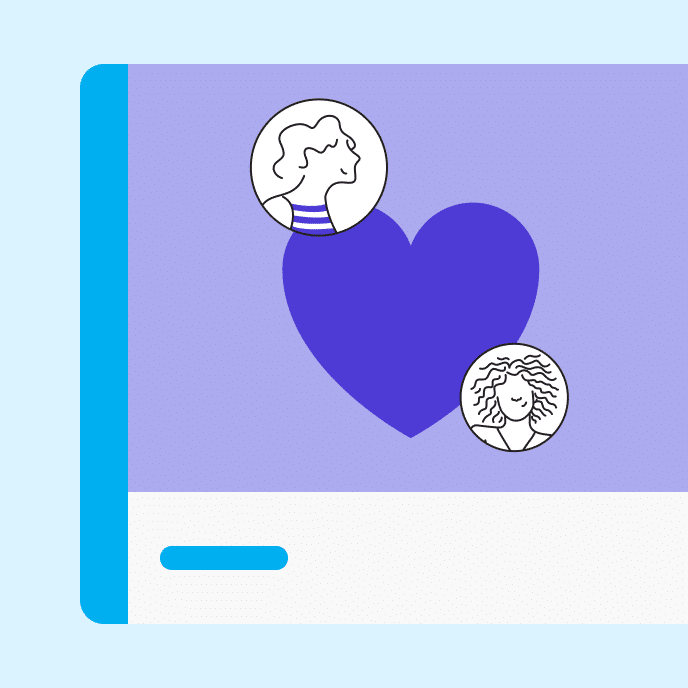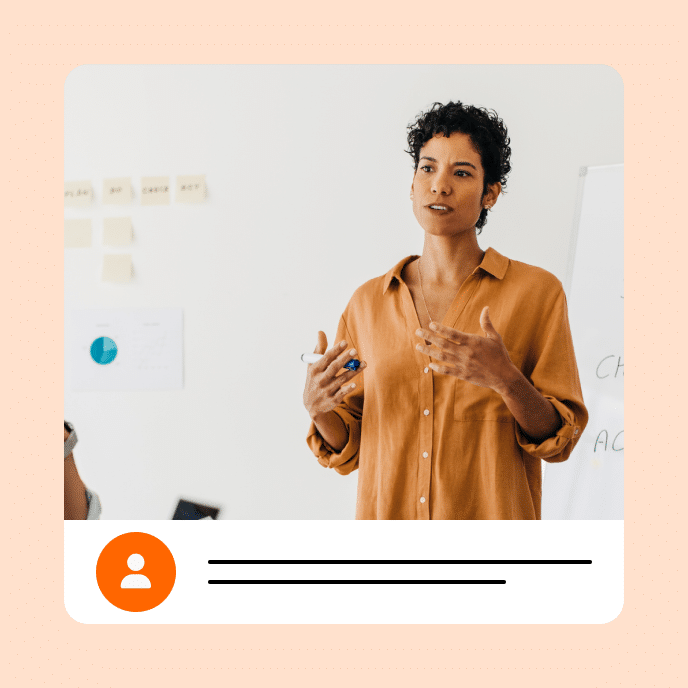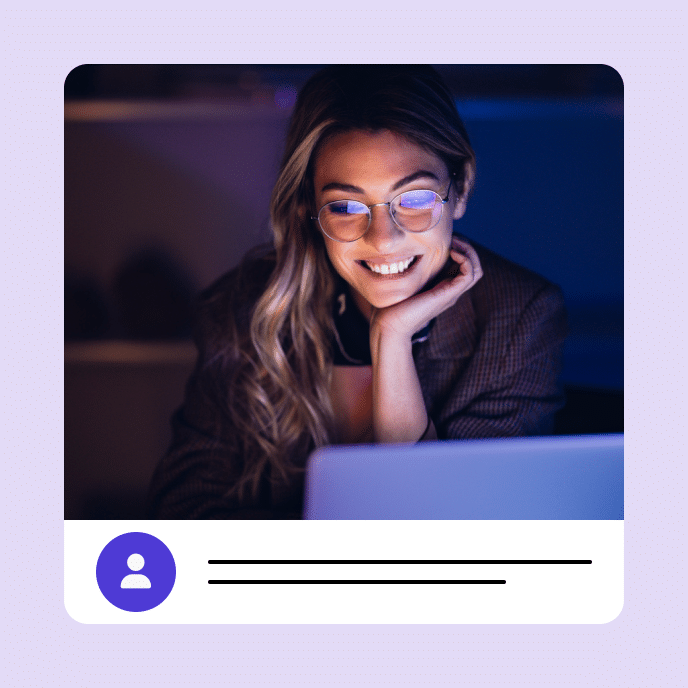How to Design E-Learning Scenarios That Drive Real Performance Change
Learn how to create focused e-learning scenarios by starting with clear performance goals, moving beyond basic knowledge checks to develop practical workplace skills.

How to create scenarios that prepare learners for real workplace success
Creating effective e-learning scenarios doesn’t require advanced storytelling skills – it requires a clear focus on workplace performance. By starting with the end in mind, you can design scenarios that help learners develop and practice the exact skills they need on the job.
Why focus on the end result first?
Let’s be honest – many e-learning courses don’t seem to have a clear purpose, especially when it comes to their impact on the person’s performance. They’re packed with information, but learners finish the course wondering, “What am I supposed to do with all of this stuff?”
That’s why your first step in creating scenarios needs to focus on what learners should actually be able to do when they finish your course. From there, you can begin to craft the appropriate objectives and measures.
How to clarify your learning outcomes
Start by asking yourself these key questions:
- What specific tasks should learners be able to perform after completing this course?
- How will you know they’ve actually mastered these tasks?
- What does successful performance look like in the real world?
Once you have clear answers to these questions, you can build scenarios that actually matter. They’ll focus on how success is observed and measured outside of the course. Instead of creating generic situations, you’ll develop focused scenarios that help learners practice the exact skills they need.
Moving beyond the basics
Remember, you’re probably not just looking for learners to memorize facts or collect another certificate for their wall. You want them to develop real-world skills they can apply on the job.
For example, instead of testing whether someone can recite safety protocols (which is a typical e-learning course assessment), create scenarios where they need to:
- Identify potential safety hazards in workplace situations
- Make decisions about how to respond to safety incidents
- Practice communicating safety concerns to different team members
You’ll notice all of the examples above have measurable outcomes that go beyond reading the course content.
Making it work in practice
When you begin your scenario design with clear performance goals, you naturally create more focused and practical learning experiences. This approach helps you move beyond simple knowledge checks to develop scenarios that give learners meaningful practice with the skills they’ll actually use in their work.
Next time you’re starting a new e-learning project, take a moment to clearly define what success looks like. Your scenarios (and your learners) will be better for it.
You may also like

Online Training for Mortals: 6 Tricks to Make Complex Concepts Easy to Understand
Simplify complex training and help employees learn faster with these six e-learning tricks.

